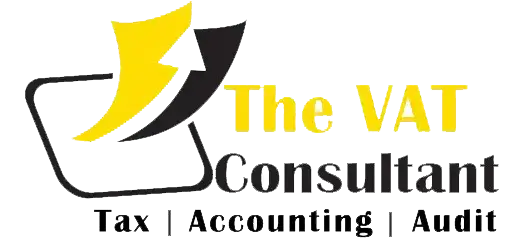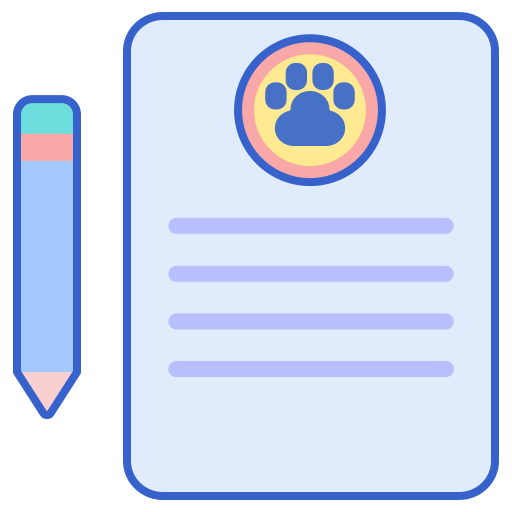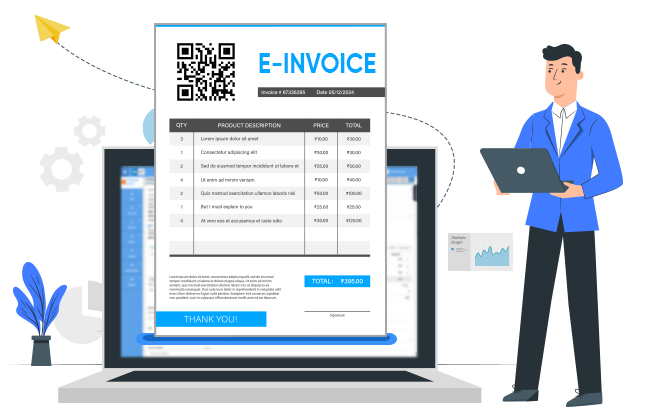The ZATCA’s system (Fatoora Portal) will be combined with the business’s software, such as accounting software, EPR, etc., during the integration phase, also referred to as phase 2 of e-invoicing.
Under this approach, the invoice is generated by the supplier and then electronically posted to the Fatoora site, where it is validated and authenticated. Each invoice is added with a QR code and digitally signed upon successful authentication.
Describe integration.
integrating ZATCA’s system (the Fatoora portal) with the taxpayer’s e-invoicing solution, such as accounting software, in order to validate, clear, and stamp the invoice details.
When does the e-invoicing integration phase begin?
The Zakat, Taxes, and The Customs Authority (ZATCA) declared that the e-invoicing integration phase will begin on January 1, 2023. Beginning on January 1, 2023, companies with annual revenue of more than $3 billion are eligible for the first wave. Beginning on July 1, 2023, enterprises having annual revenue of more than $500 million in FY 2021 will be subject to the second phase.
In Saudi Arabia, who is eligible to send an electronic invoice during the initial phase of integration?
Beginning on January 1, 2023, all enterprises in the Kingdom of Saudi Arabia that have taxable income above $3 billion annually are required to comply with the second wave of e-invoicing regulations. The calendar year 2021 will be the yearly taxable period, and these enterprises have until June 30, 2023, to meet the requirements of the integration phase.
How to adhere to the e-invoicing second phase prerequisites?
Make that the internet can be accessed by the e-invoicing solution.
Connect the devices and e-invoicing solution to the Fatoora Portal.
The solution is compliant and has the ability to instantly transmit the invoice details to the portal in XML format. Obtain the details that have been stamped from the portal and print information like the QR code on the invoice.
complies with the requirements to stamp the streamlined invoices and submit them to the portal by the deadline.
Why is it necessary to link e-invoicing systems to the internet during the e-invoicing integration phase?
The ZATCA system (Fatoora Portal) and the supplier’s business software should be linked during the integrated phase of e-invoicing. This requires an active internet connection.
Which e-invoice forms are accepted?
Saudi Arabian e-invoicing regulations state Arabia, your e-invoicing solution needs to create, distribute, and store e-invoices in certain XML or PDF/A-3 with embedded XML formats during the integration stage of e-invoicing. Nonetheless, the invoice data must be in XML format in order to be shared with the site for clearing.
What elements make up the e-invoice QR code?
Name of the seller and seller’s VAT registration number
The invoice or note’s date and time
Total amount of the invoice or note (including VAT)
A Cryptographic Stamp: What Is It?
With the exception of an embedded version in the QR code, the Cryptographic Stamp is automatically generated by the solutions (for simplified invoices) or the ZATCA system (for tax invoices). It is not visible on the printed invoice.
Describe UUID.
It is an acronym for Universally Unique Identifier, which is used to an invoice using a number that is globally unique. after it is issued and is traceable for the duration of its existence. An automatically produced number that appears on the printed invoice but is not visible within the taxpayer’s solution is called a UUID. Vendors of compliant e-invoice solutions need to make sure that their products can create UUIDs and that the XML for the electronic invoice contains them.
What distinguishes simplified invoices in the second phase of e-invoicing from tax invoices?
digital invoice
(B2B: invoicing from business to business)
Streamlined Electronic Billing
(B2C: invoicing from company to consumer)
Code QR
Throughout the clearance procedure, the code generated by the taxpayer’s solutions and the e-Invoicing portal will be updated.
The program that is utilized by generates the required QR code Companies
Crypto Stamp
Crypto Stamp is applied by the Authority Electronic Claims Integrated Portal.
The software performs cryptographic stamping.
Invoice Approval with Portal
Real-time Invoice Approval with Electronic Billing Integration Portal
Approval of invoices within 24 hours of creation.
Settlement VS Reports
Before issuing an invoice to the buyer, the supplier must submit the invoice details to the portal for settlement purposes.
No releases. Simply report simplified invoice details after the invoice is issued to the buyer.
How can I create and distribute simple invoices in the second phase of e-invoicing?
Seller creates an electronic invoice with all required fields.
Seller shares electronic invoice with consumer.
Merchant stores e-invoices in a compatible e-invoice solution.
Seller reports e-invoices to his ZATCA within up to 24 hours through an e-invoicing solution integrated with the Fatoora portal.
. How do I create and share tax invoices in the second phase of e-invoicing?
The merchant creates an e-invoice with all required fields.
Seller will share e-invoices with his ZATCA through the integrated e-invoice solution. It is then released by ZATCA and returned to the taxpayer after release.
Seller shares deleted e-invoice with QR code with buyer.
Seller stores e-invoices electronically
You can also Register for VAT Registration on our website:
https://thevatconsultant.com/





























